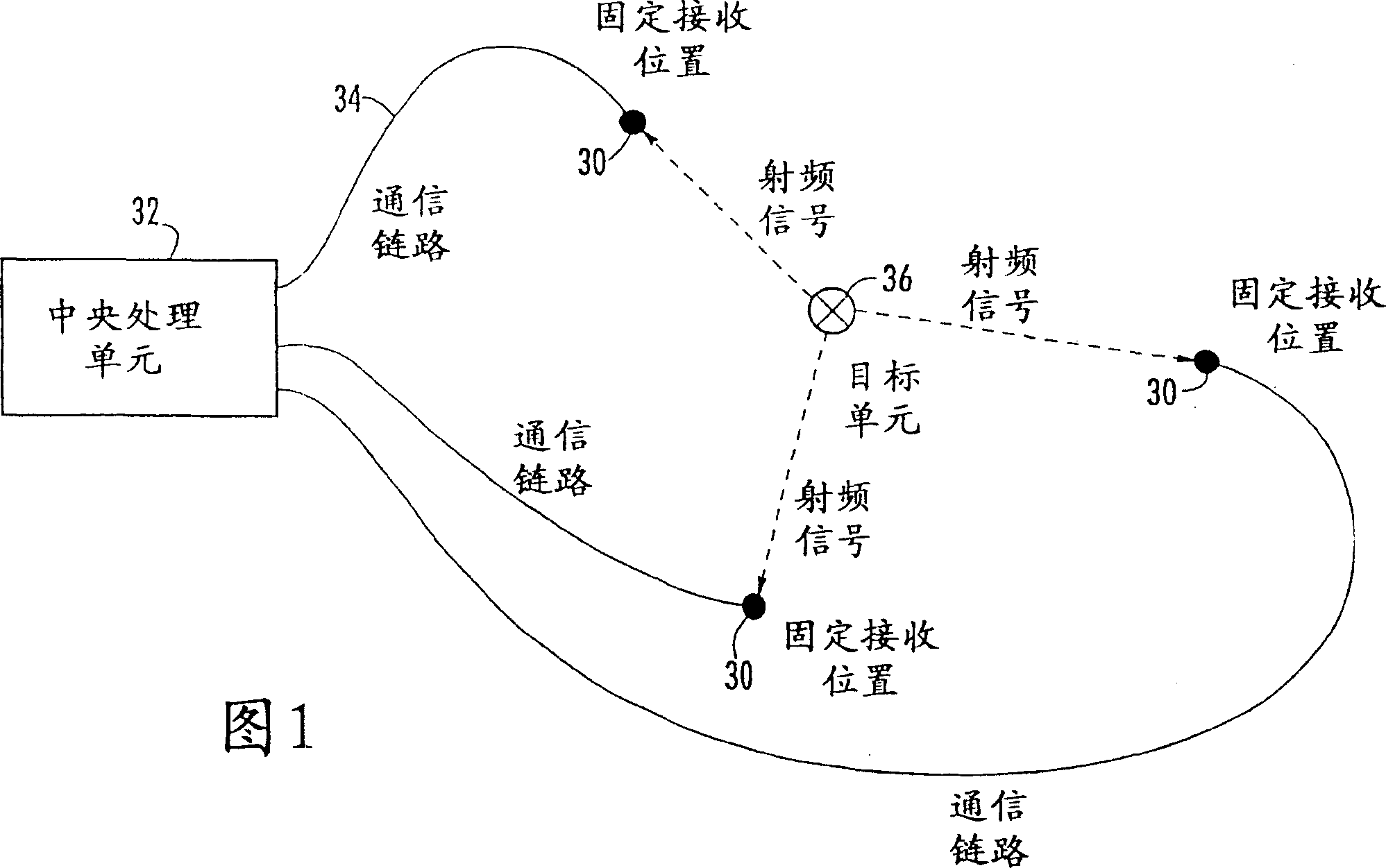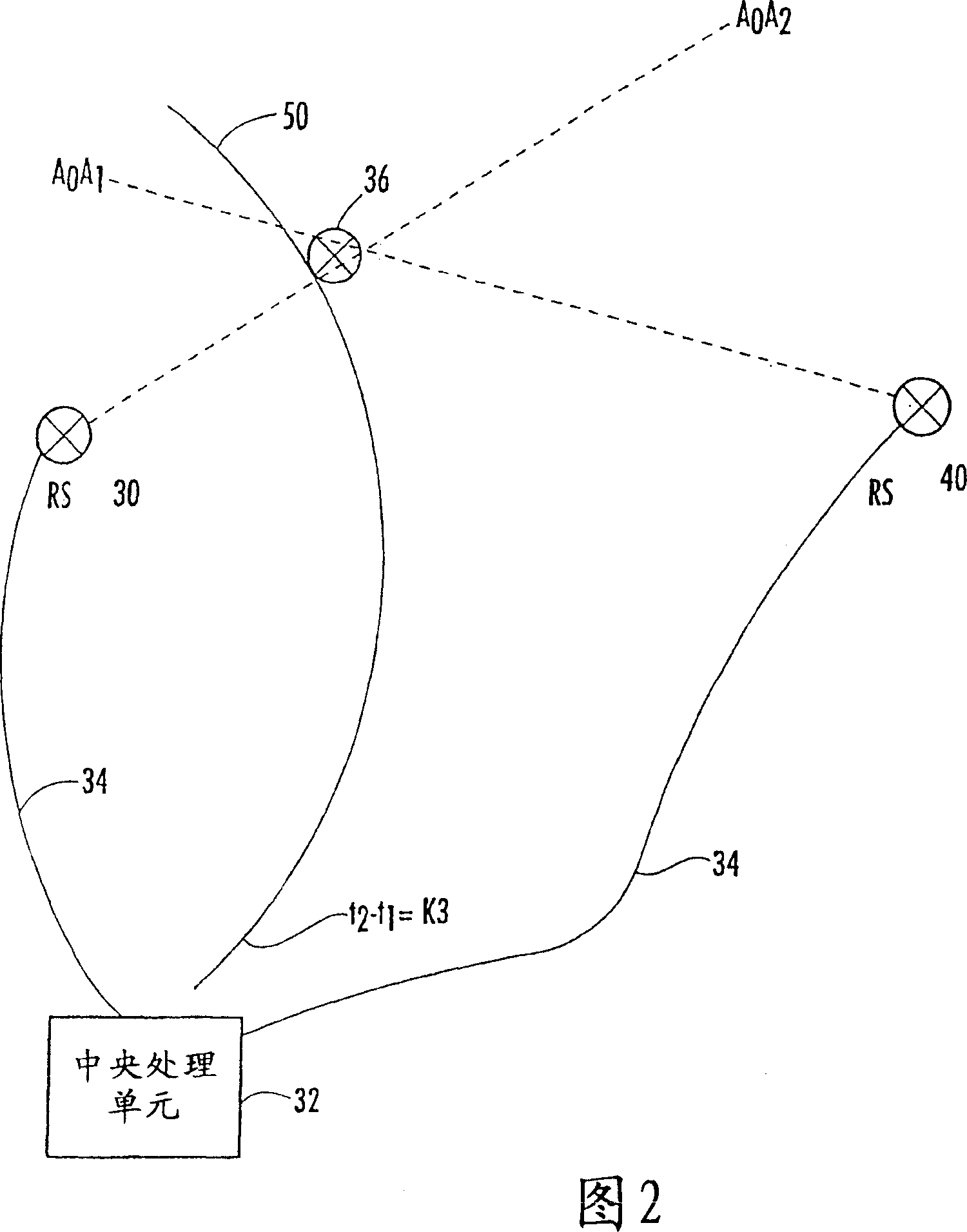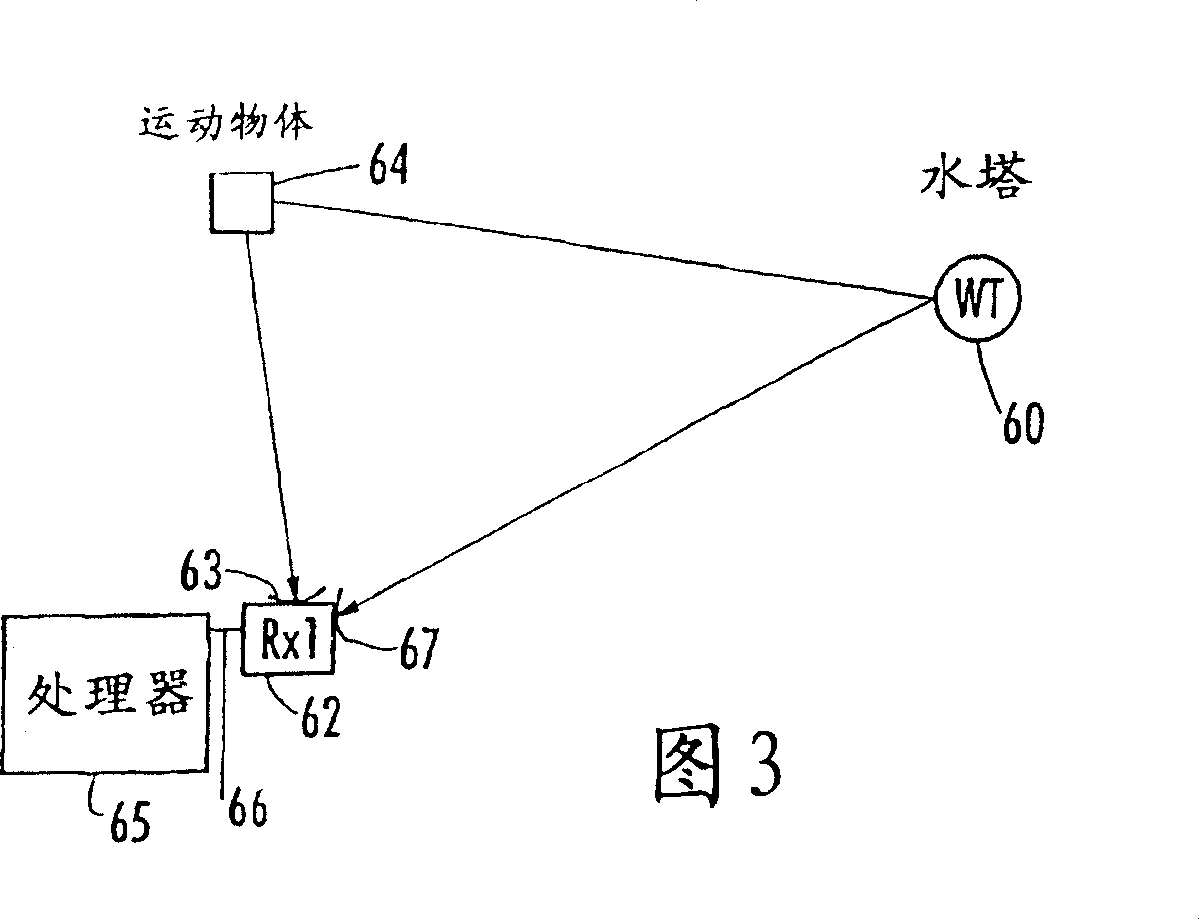Method and system for calibrating wireless location system
An antenna and receiver technology, applied in the field of calibration wireless positioning systems and systems, can solve the problems of consuming system capacity, calibration variation, TDOA calibration variation, etc.
- Summary
- Abstract
- Description
- Claims
- Application Information
AI Technical Summary
Problems solved by technology
Method used
Image
Examples
Embodiment Construction
[0031] The present invention will be described in more detail below with reference to the accompanying drawings showing preferred embodiments of the invention. However, this invention may be embodied in many different forms and should not be construed as limited to the embodiments set forth herein. Rather, these embodiments are provided so that this disclosure will be thorough and complete, and will fully convey the scope of the invention to those skilled in the art. The same reference numerals denote the same parts in the drawings.
[0032]The present invention is advantageous and allows the use of one receiver at one receiving location to determine the position of a mobile transmitting unit, eg a transmitting tag for a vehicle or person carrying a tag, a mobile transceiver or other mobile unit. The system uses a proxy receiver (or passive reflector) for time of arrival and / or time difference of arrival calculations. Throughout the text, the term "proxy receiver" is used fo...
PUM
 Login to View More
Login to View More Abstract
Description
Claims
Application Information
 Login to View More
Login to View More - R&D Engineer
- R&D Manager
- IP Professional
- Industry Leading Data Capabilities
- Powerful AI technology
- Patent DNA Extraction
Browse by: Latest US Patents, China's latest patents, Technical Efficacy Thesaurus, Application Domain, Technology Topic, Popular Technical Reports.
© 2024 PatSnap. All rights reserved.Legal|Privacy policy|Modern Slavery Act Transparency Statement|Sitemap|About US| Contact US: help@patsnap.com










